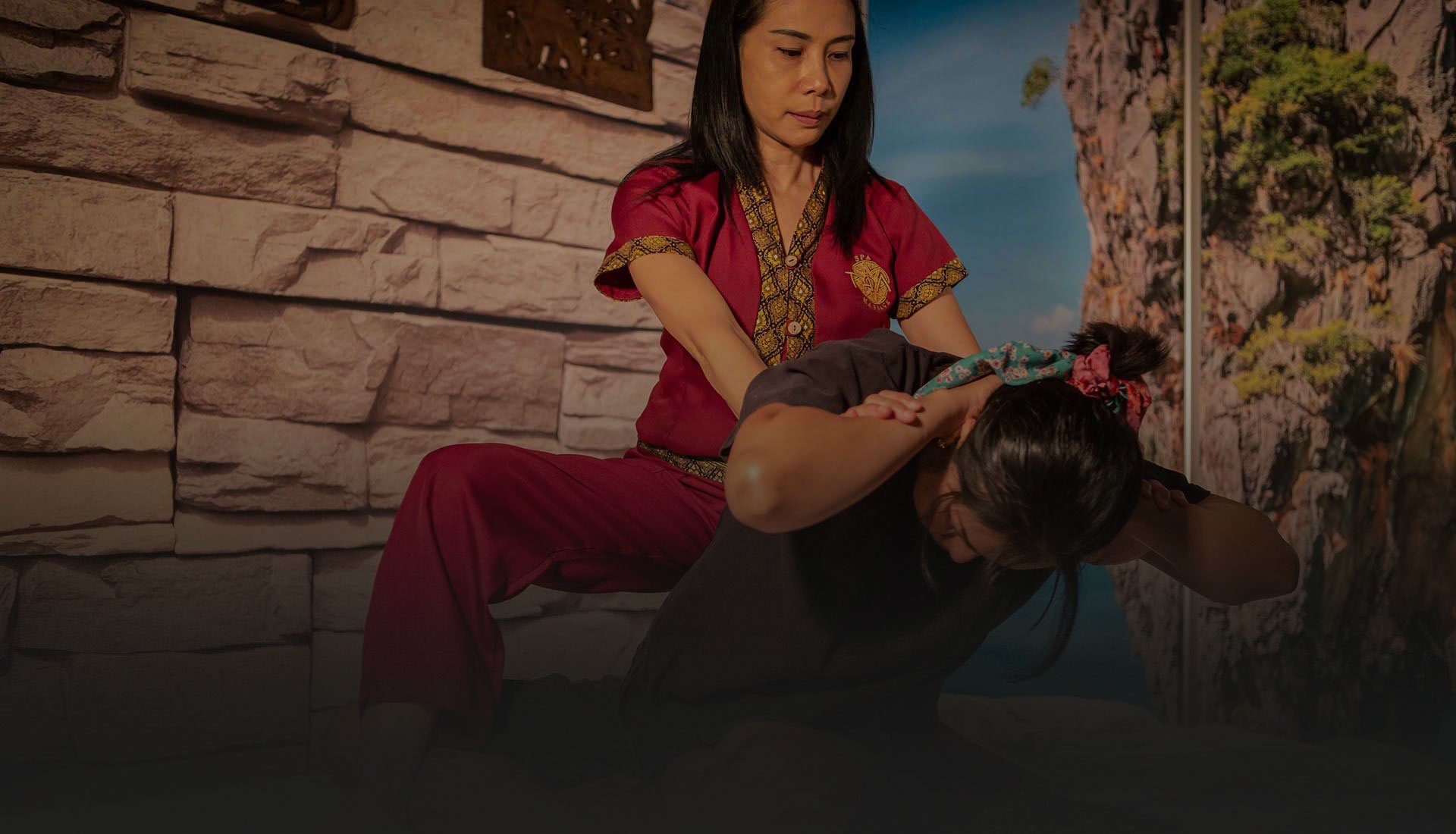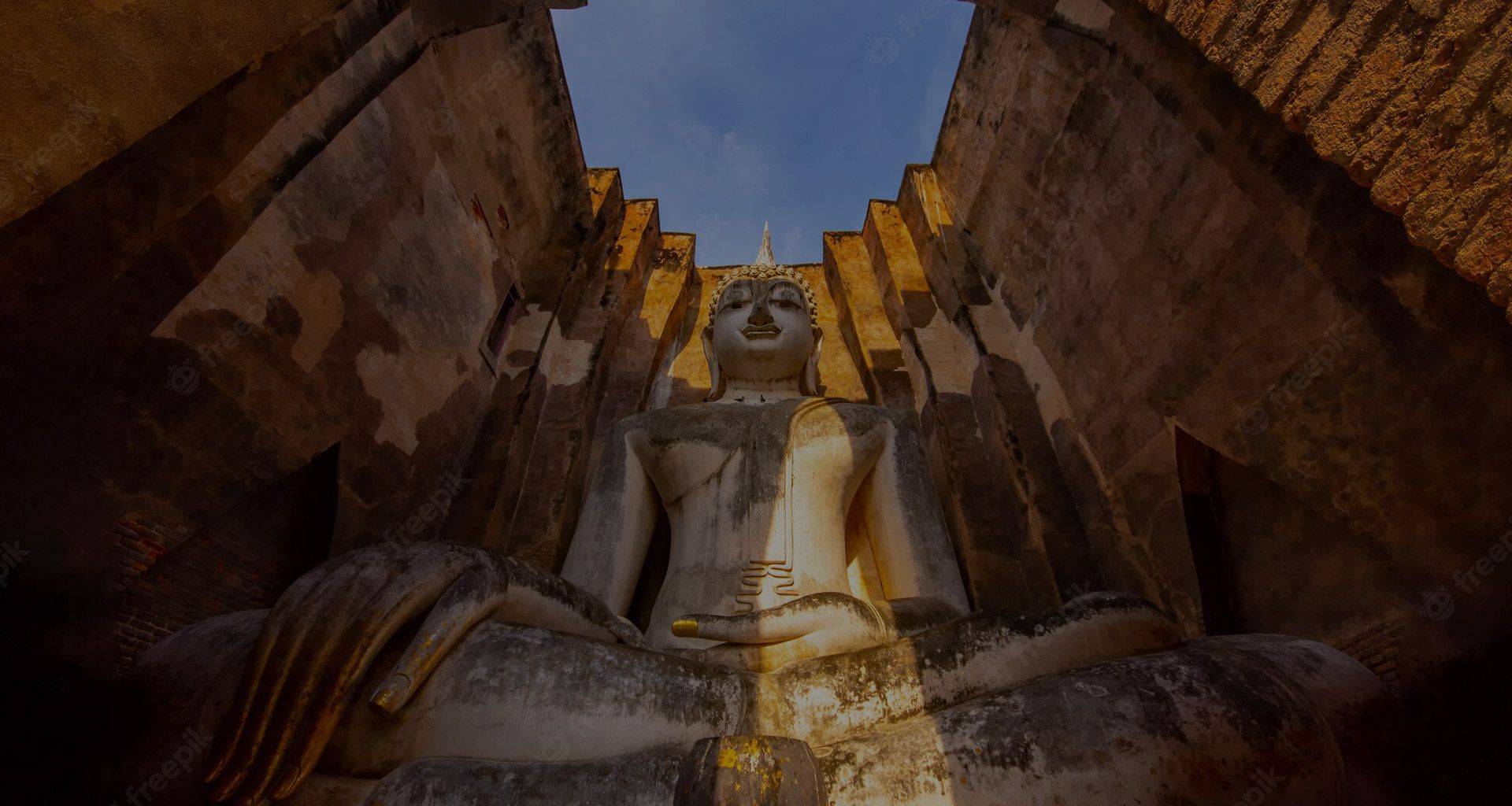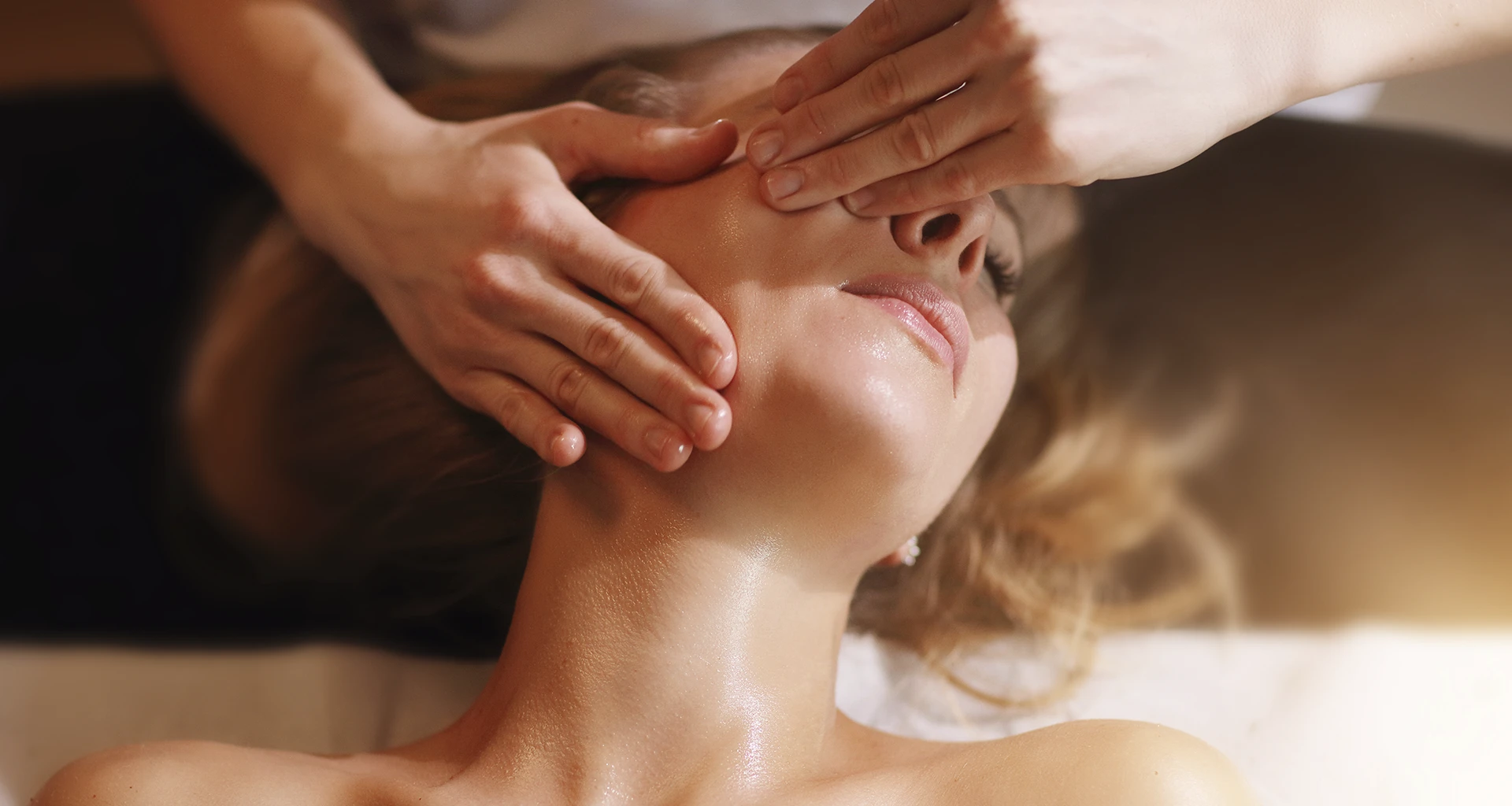In Thai culture, the colors of the chakra hold a prominent place due to their influence on spiritual tradition and traditional medicine. The diversity of perspectives on the chakras and their colors reflects the richness of cultural influence in the region, and their importance continues in everyday life.
According to the sacred texts of Hinduism, the colors of the chakra are considered vital for physical and emotional balance, and their understanding and harmonization are fundamental in healing and wellness practices in Thailand.
Previously, we delved into the recognition of six or seven chakras, while Theosophy, Gnosticism, and the New Age have adopted the idea of seven. With this guide, we go one step further to discover why chakras have colors and to understand the colors of the chakra.
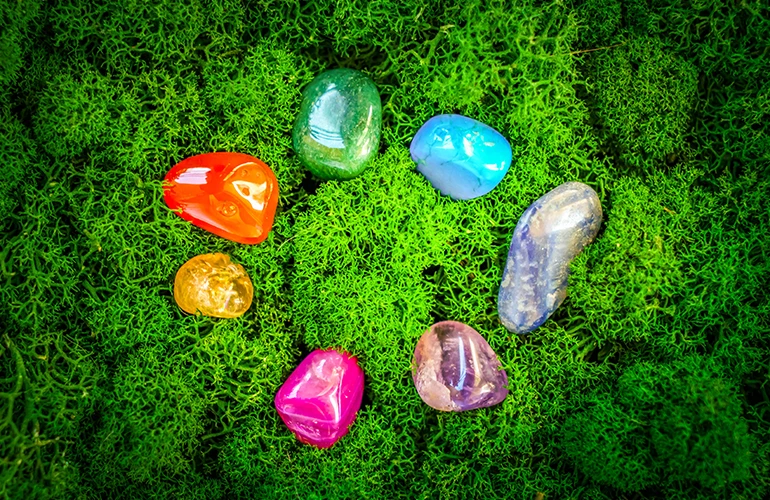
What are the colors of the 7 chakras?
The seven main chakras are linked to the colors of the rainbow. Each of these energy centers, from the root chakra to the crown chakra, is associated with a specific color and holds deep meaning in Thai spiritual tradition. Here are the colors of the chakras:- Root Chakra, embodied in red. Located at the base of the spine, it is related to security, survival, and connection to the Earth.
- Sacral Chakra, shining in orange. It is located in the abdominal area and is connected to creativity and sexual energy.
- Solar Plexus Chakra, radiating in yellow. Situated in the upper abdomen, it is related to personal power and self-esteem.
- Heart Chakra, imbued with green. Found in the center of the chest, it is linked to love and compassion.
- Throat Chakra, submerged in blue. Located in the throat, it is associated with communication and personal expression.
- Third Eye Chakra, wrapped in indigo. Located between the eyes, it is related to intuition and spiritual perception.
- Crown Chakra, illuminated in violet. Situated at the top of the head, it connects with higher consciousness and spirituality.
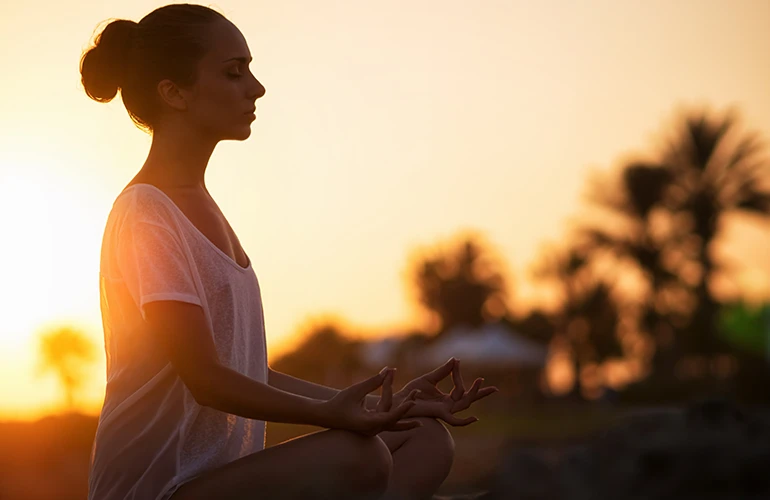
How to determine the color of your chakra?
Determining the predominant color of your chakra is a subjective, introspective, and self-evaluative process that can help you know yourself better and understand your self-image.- Self-observation: Sit in a quiet and relaxed place. Close your eyes and focus on a specific chakra you wish to evaluate, imagine the chakra as an energy vortex in your body. Visualize it spinning and observe the color that your mind imagines.
- Physical and emotional sensations: Pay attention to the physical and emotional sensations you experience when you focus on your body. Some colors may make you feel more connected or identified with certain emotions and will help you understand which color predominates in you.
- Intuition: In the spiritual realm, trust your intuition. Sometimes, you will simply know which is the right color without any apparent reason.
- Personal records: Reflect on your life experiences, predominant emotions, and personality. Sometimes, your chakra color may be related to your personal history and characteristics, and you may find it by recalling your relationship with that color.
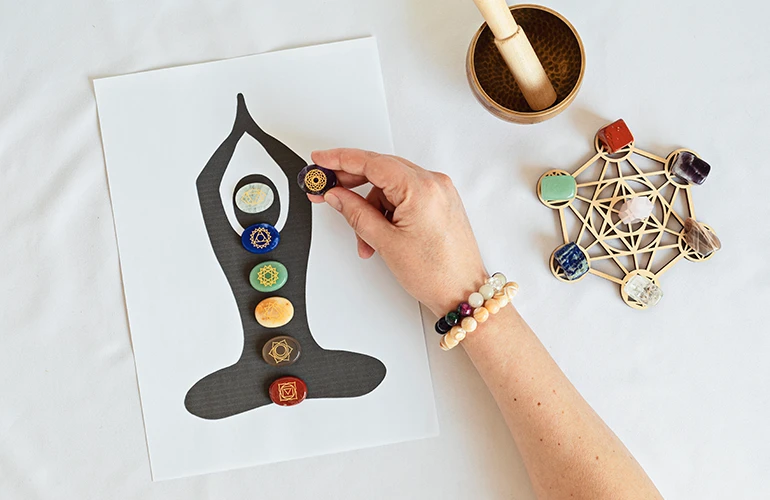
What do the 7 colors of the chakra mean?
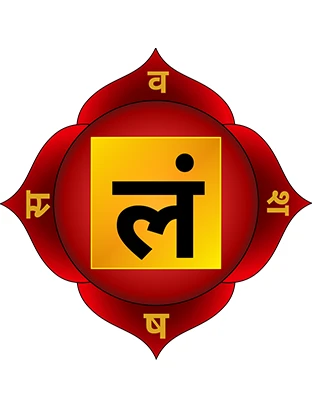
Red
The first color of the chakra, known as Muladhara, is associated with the vibrant color red. This energy center resides at the base of the spine, serving as the root that anchors us physically and emotionally. Muladhara is in tune with the earth element and is linked to vitality and security. When it is imbalanced, intense back pains, feelings of cold, sexual dysfunctions, constipation, and aggressiveness may manifest. Restoring its harmony is achieved through exercise and attention to our diet, thus facilitating the unblocking of this essential chakra.
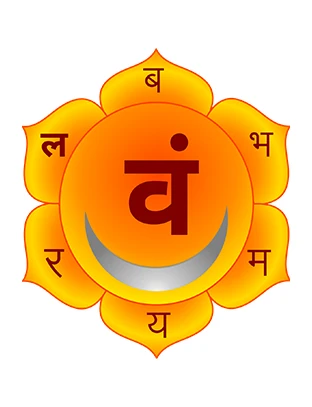
Orange
Next, the sacral chakra, known as Svadhisthana, is located in the abdominal region, just below the navel. This chakra color symbolizes sensuality and emotions, as well as being related to the balance necessary for full and uninhibited sexuality. When this chakra is blocked, feelings of contempt or repression may arise. Svadhisthana manifests through the vibrant color orange and is intimately connected with the water element, allowing us to flow with life in its fullness.
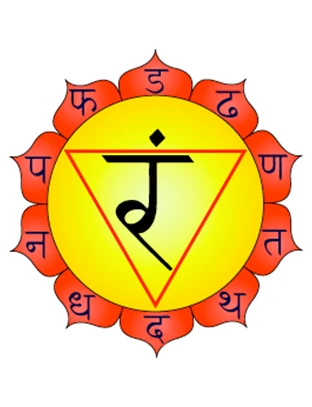
Yellow
In the third chakra, known as Manipura, the color yellow prevails, and its element is fire. This chakra color is located just above the navel, in the stomach region, and is related to intellect, self-discipline, and motivation. When the balance of Manipura is disturbed, given its connection to the digestive system and organs such as the pancreas and gallbladder, gastrointestinal problems, memory difficulties, nervousness, and mental blocks may arise. Restoring its harmony is essential to promote physical and mental health.
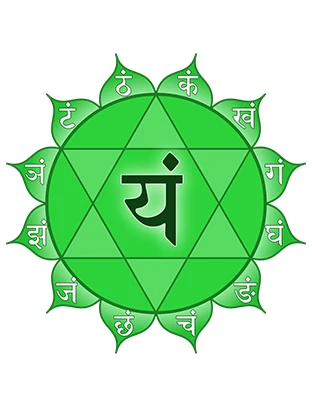
Green
The fourth chakra, known as Anahata, is located in the center of the chest and is represented by the color green. Among the chakra colors, this one is intrinsically related to the heart and is associated with feelings of love towards others and openness to life in its entirety. When Anahata is blocked or closed, health problems related to the heart may arise, including heart disease or coronary issues. Therefore, maintaining this chakra in balance is fundamental to promoting both emotional and physical health.
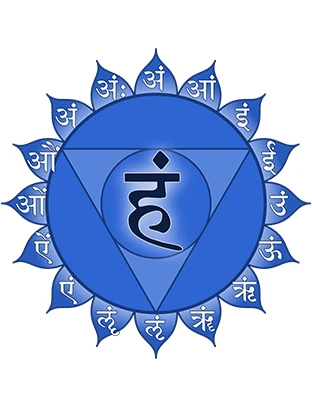
Blue
The Vishuddha chakra, represented by the color blue, is located in the throat region, at the level of the larynx. This chakra is linked to communication, wisdom, organizational ability, and planning. Additionally, it is related to the vocal cords, ear, throat, and lungs. When this chakra becomes imbalanced, hormonal disorders, hyperactivity, fever, and problems in the oral area may arise. Therefore, maintaining harmony in Vishuddha is essential to ensure effective communication and overall health.
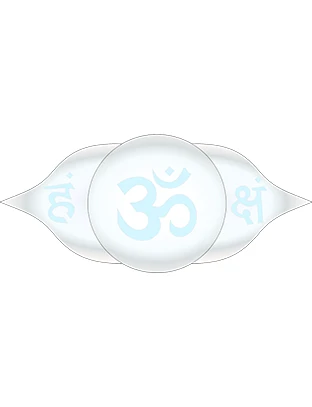
Indigo Blue
The chakra color of the third eye, known as Ajna, is located in the forehead region, establishing a connection with the world of thought and intuition. This chakra color is intrinsically linked to indigo blue and its element is light. When Ajna becomes imbalanced, given its connection to the nervous and endocrine systems, problems with coordination, sleep disorders, and migraines may manifest. To restore harmony in this sixth chakra, meditation or the practice of relaxing guided visualizations is recommended. This will contribute to improving mental clarity and intuition.
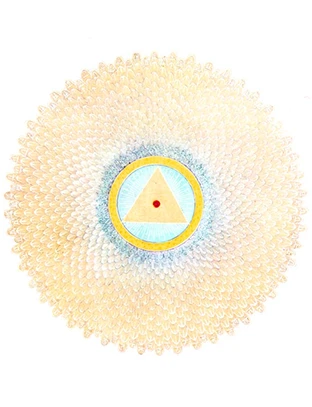
Violet
The crown chakra, known as Sahasrara, is the last of the chakra colors. It is located at the crown of the head and is deeply related to spirituality. Sahasrara acts as a bridge connecting the physical, emotional, mental, and spiritual dimensions, being represented by the color violet. Due to its close relationship with the brain, any imbalance in Sahasrara, according to Hindu philosophy, can lead to conditions such as Parkinson’s disease, depression, coordination problems, and a variety of mental disorders. To restore its balance, practicing meditation, yoga, and connecting with nature, among other approaches, is recommended, which will promote harmony and spirituality.
Comprehending Eastern spirituality opens the door to a world of healing, self-awareness, and understanding. At Thai Spa Massage, we believe in the power of natural and traditional Thai therapies for the well-being of the body and mind. Discover the benefits of Thai massage for your mental health and let yourself be transported to Thailand without leaving Barcelona.



